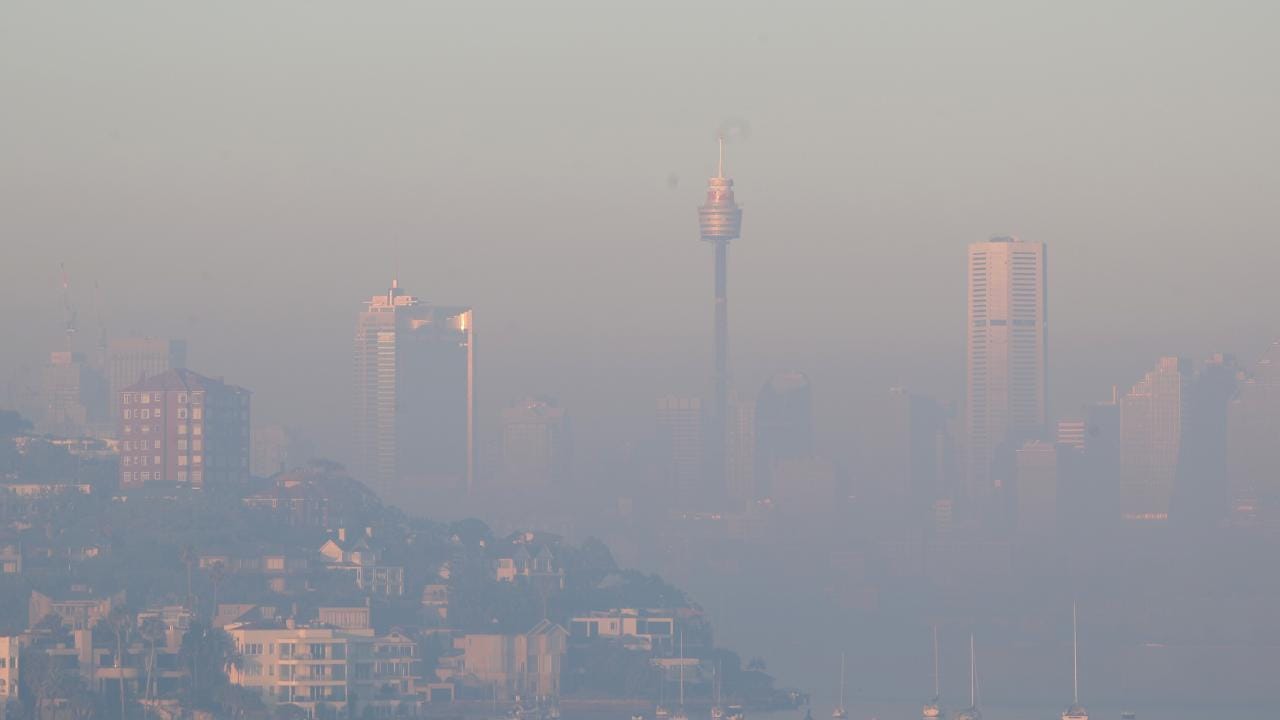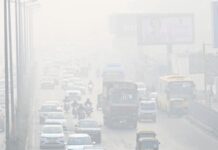SYDNEY: The air pollution levels in the most populous Australian city of Sydney on Tuesday was among the 20 worst in the world due to smoke caused by bushfires. “#Sydney is also known as the ‘big smoke’ and is living up to the nickname today. #Bushfire smoke will slowly ease during the day, increasing tonight. A Poor air quality alert is current,” said the New South Wales Meteorology Office on Twitter.
Government data of the state showed the air quality was “poor”, although in some districts of the northwest the indexes of PM2.5 particles reached 130 and PM10 reached 195, reports Efe news. On AirVisual, a website that measures air quality around the world, Sydney ranked 18th at 1.30 pm, three down from Shanghai, with Bangladesh’s Dhaka the worst at number one.
The smoke that Sydney woke up to was from the fires of Gospers Mountain, about 300 km northwest of the city and which some 850 sq.km of land have been burned, greater than the area occupied by the capital city of Canberra.
The impact of the smoke, which also affects the cities of Wollongong and Newcastle, is expected to worsen due to the intense heat expected in the next two days on the east coast of Australia, making conditions difficult for the more than 1,300 firefighters who have been fighting the flames for almost two weeks.
At least six people have died from the bushfires in New South Wales, the region most affected by the blazes and where since July 13, 13,000 sq.km of land have been razed. Likewise, the neighbouring Queensland state and the south of South Australia have been forecast for temperatures around 40 degrees Celsius, which may aggravate active fires or create new outbreaks.
The fire season in Australia varies by area and weather conditions, although blazes are generally recorded in the southern summer (between the months of December to March). The worst fires in the country in recent decades occurred in early February 2009 in the state of Victoria and caused 173 deaths, 414 injured, and burned an area of 4,500 sq.km. IANS







